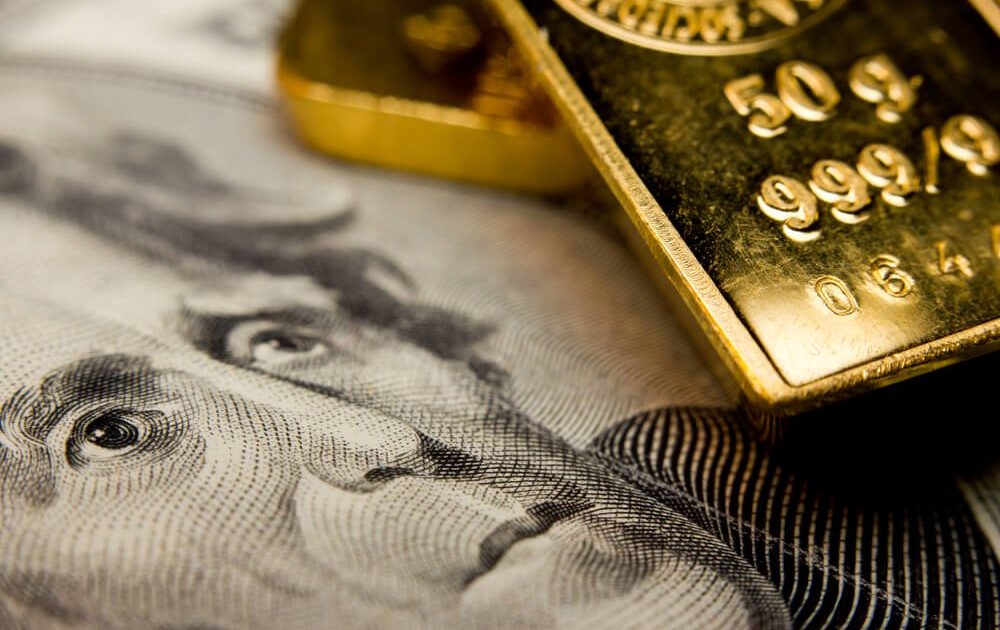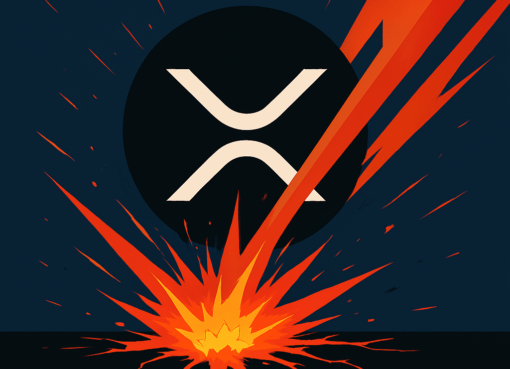- The gold price hit a two-week low of $1,705, as the global economy slowly becomes more optimistic.
- Gold is unlikely to hit new highs if equities and real yields continue gains but may resurge if the economic recovery falters.
- Gold will likely remain strong in the medium to longer-term, since the economic recovery will be slow and painful.
Rising global economic optimism is holding back the gold price, which fell 1.1% yesterday to a two-week low of $1,705.
As lockdowns ease around the world, investors are slowly piling into equities and bonds. Global real yields are rising and inflation is falling. As a result, investors find gold less attractive.
However, the global economic recovery is extremely fragile. Assuming that governments end up reimposing lockdowns later in the year, the gold price could rise to new highs yet again.
Gold Price Struggles As The Dow And Real Yields Rise
Earlier this month, the gold price seemed on course to trouble all-time highs. This was the view of various analysts, yet news of gradually reopening economies has frustrated their predictions.
Having reached a seven-year high on May 18 of $1,764, the spot price of gold has since fallen by 3.3%. Likewise, the COMEX price (for delivery in June) has fallen 3.9%, from a high of $1,767 on May 17 to $1,697.
The reason? Well, optimism has been stoked in the past week by a number of developments. Housing market data has pushed the Dow Jones higher, while news of easing lockdowns has pumped stock markets across the globe. At the same time, quantitative easing has expanded global liquidity massively.
As a result of such factors, investors are tentatively shifting back towards equities and bonds. Gold is less appealing right now, particularly when early signs of a recovery seduce investors into thinking they can get rising assets while they’re still relatively cheap.
This is largely why the Dow Jones has risen by 7.5% since May 13.
The Dow’s recovery is one reason for the gold price not shooting beyond $1,800. Another reason relates to global real yields from treasury bonds.
At the moment, real yields are rising. More interestingly, they’re rising at a time when inflation is actually falling. Usually they rise and fall together, since bond buyers normally want a higher rate to compensate for higher inflation.
However, the fact that real yields are rising while inflation is sinking makes bonds doubly attractive. Hence, a move away from gold, keeping the gold price in check.
False Starts, Inflation
Of course, compared to where it was a year ago ($1,276), the gold price is still in a very strong position.
Its rally may be faltering in the short term, but this could quickly change if lockdowns have to be reintroduced. In other words, if the recovery turns out to be a false start, the price of gold will likely rise again.
Conversely, inflation may be falling now, as a result of reduced consumer spending. However, once economies open up again, spending will rise. And with the amount of money central banks have pumped into the market, inflation could escalate very quickly.
As Abdallah Guezour, Head of Emerging Market Debt and Commodities at Schroders, said in an interview yesterday:
The current aggressive global monetary and fiscal easing is unprecedented and is likely to create inflationary pressures sooner rather than later. Money printing by central banks is sky-rocketing, leading to a record surge in money supply globally.
Even if inflation doesn’t take off, the gold price is likely to remain strong. Interest rates are unlikely to rise significantly in the medium term, something which makes gold attractive.
For instance, even with the “recovery” from the financial crisis of 2007-8, the price of gold continued rising. The spot gold price hit an all-time high of $1,921 in September 2011. This was because the global economy still had fundamental issues, largely related to structural debt.
And with debt mounting aggressively in the U.S. right now, expect any “recovery” to be turbulent.
Disclaimer: The author holds no positions on gold or gold instruments at the time of writing.
This article was edited by Samburaj Das.




